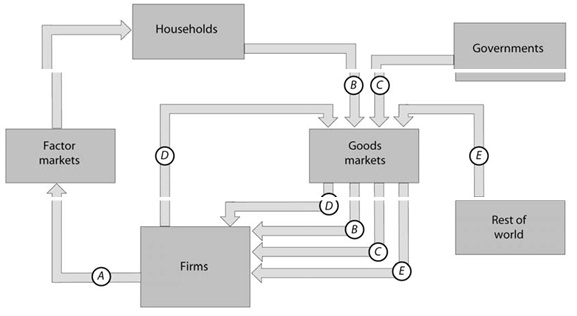Length: Around 2,200 words (please check Part A & B word limits)
Part: A
Question: Describe with numeral illustration that marginal revenue is always lower than the price when monopolists charge single price for all the units to sell.
Question: Starbucks Closed 61 Coffee Shops in Australia
Starbucks slashed its Australian presence after years of multimillion-dollar losses and a failure to make inroads. The world’s biggest coffee chain axed 685 jobs and close 61 of 84 stores nation-wide.
People interviewed stated:
A) There are a lot of good coffee shops;
B) Starbucks had issues with site selection and a limited food menu;
C) Australians like to sit down and relax with a cup of coffee rather than taking it away in a paper cup; and
D) Starbucks was struggling with overpriced coffees which failed to meet up the Australian standard.
Answer the given questions:
A) In what market does Starbucks compete?
B) Describe the revenue, costs, and profit that Starbucks expected when it entered this market. Draw a graph to illustrate your answer.
C) How did the factors listed as (1) to (4) above influence Starbucks’ revenue, costs, and profit? Draw a graph to demonstrate your answer.
Question: How firm supply curve is derived in the short run? Describe with graphs.
Question:

The figure above exhibits the flows of expenditure and income in Australia. Throughout 2006-07, B was $585 billion, C was $231 billion, D was $241 billion, and E was –$13 billion.
Name the flows and compute the Aggregate expenditure and Aggregate Income and GDP. Describe among their relationships.
Part: B
Essay Questions:
Length: Around 500 words for each and every question, excluding tables and graphs, if needed.
Question: The given events have occurred globally in recent years:
• A deep recession hits the world economy.
• The world oil price increases sharply.
Do you think the economy can be rescued if the Keynesian policy is followed? Describe your arguments.
Question: Poor India Makes Millionaires at Fastest Pace
India, with the world’s largest population of poor people living on less than a dollar a day, also paradoxically created millionaires at the fastest pace in the world in 2007. … Growing them at a blistering pace of 22.7 per cent, India added up the other 23,000 more millionaires in 2007 to its 2006 tally of 100,000 millionaires measured in dollars. … In dissimilarity, developmental agencies put the number of subsistence level Indians living on less than a dollar a day at 350 million and those living on less than $2 a day at 700 million. In another words, for every millionaire, India has around 7,000 impoverished people. ...
(The Times of India, June 25, 2008)
Following the limitations of real GDP estimation and specifically estimation problems related with across countries examine the validity of this statement.